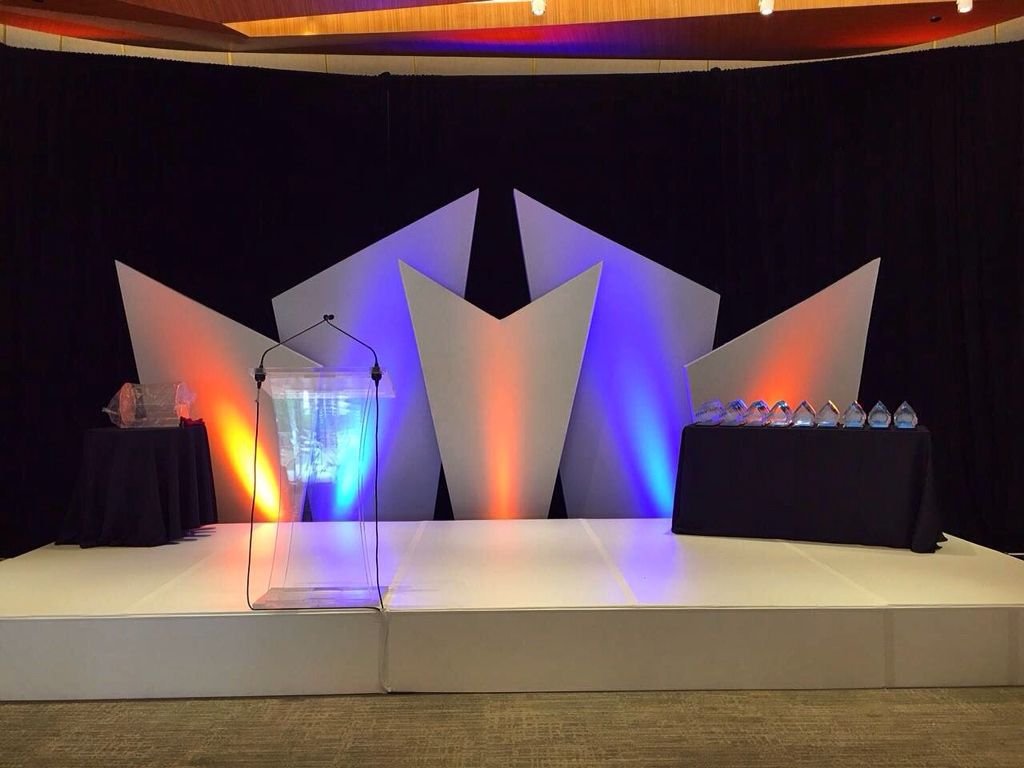One of the best stage design examples is the immersive environment created for Sleep No More, a production by Punchdrunk. This show transforms a large, abandoned warehouse into a sprawling, interactive experience. The design features multiple floors and rooms, each meticulously crafted to reflect different aspects of the story. Audience members are free to explore the space, discovering hidden details and interact with the performers in a highly engaging manner. The success of Sleep No More highlights how immersive environments can elevate a performance by creating a rich, multi-layered experience that captivates and engages the audience from all angles.

Minimalist Elegance in “The Glass Menagerie”
Another notable example of effective stage design is the minimalist approach used in the production of The Glass Menagerie by Tennessee Williams. In this version, the set design by designer Lili Anne Brown focuses on simplicity and subtlety to evoke the play’s emotional depth. The stage features a sparse, evocative set with a few essential props and muted colors. This minimalist design effectively emphasizes the characters’ emotional states and the play’s themes of memory and longing. The elegance of this approach demonstrates how a minimalist stage design can convey complex emotions and enhance the narrative without overwhelming the audience.
Innovative Use of Technology in “The Lion King”
The Lion King on Broadway is renowned for its innovative use of technology and elaborate stage design. The production features a combination of life-sized puppetry, vibrant costumes, and dynamic projections that bring the African savanna to life. The stage design, created by Julie Taymor, integrates these elements seamlessly, creating a visually stunning and immersive experience. The use of sophisticated technology in The Lion King serves as one of the best stage design examples of how integrating various design elements can enhance storytelling and captivate audiences with a truly magical and immersive theatrical experience.
Dynamic Set Transformations in “Les Misérables”
Abstract and Symbolic Design in “The Shape of Things”
In The Shape of Things by Neil LaBute, the stage design by Michael Anania stands out as one of the best stage design examples due to its abstract and symbolic nature. The set features a minimalist, abstract design that reflects the themes of manipulation and transformation central to the play. The use of stark, geometric shapes and bold colors creates a visually arresting environment that mirrors the characters’ emotional states and the play’s underlying conflicts. This abstract approach highlights how symbolic stage design can effectively support and enhance the narrative, providing a deeper level of meaning to the performance.
Scenic Realism in “The Cherry Orchard”
The Cherry Orchard by Anton Chekhov showcases scenic realism in its stage design, providing one of the best examples of how a realistic set can enhance the authenticity of a performance. The production, designed by Bob Crowley, features a detailed and authentic representation of a Russian estate, complete with period-accurate furnishings and decor. This realistic approach helps to ground the story in its historical and cultural context, allowing the audience to connect more deeply with the characters and their world. The success of The Cherry Orchard demonstrates how realistic stage design can create an immersive and believable environment that enhances the overall theatrical experience.
Conclusion
Examining these best stage design examples reveals the diverse approaches and innovative techniques used to create compelling and memorable stage environments. From the immersive environments of Sleep No More to the minimalist elegance of The Glass Menagerie, each example showcases how thoughtful design can enhance storytelling and engage audiences. The Lion King demonstrates the impact of integrating technology and elaborate design elements, while Les Misérables highlights the effectiveness of dynamic set transformations. Additionally, the abstract design of The Shape of Things and the scenic realism of The Cherry Orchard illustrate the importance of aligning stage design with thematic and narrative elements. By studying these examples, designers can gain valuable insights into creating stage environments that captivate, inspire, and leave a lasting impression on audiences.




